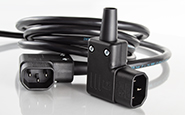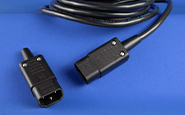What Standards Must Electronic or Electrical Equipment Meet?
As a prerequisite for determining what standards to meet, it is essential to know what markets you are going to sell in. Standards for product safety are generally prescribed by each country’s own national test or standards writing agency. In Europe, CENELEC standards are now official for many types of equipment and they apply throughout the European Union and several neighboring countries.
However, economic reality has mandated that individual countries wishing to participate in world trade make their standards as close as possible to IEC standards. Consequently, the uniqueness of local standards is going away. This is the case with CENELEC standards which are very similar to equivalent IEC standards.
Currently, one of the most important international standards to the electronics industry is IEC 60950, “Information Technology Equipment.” This standard addresses computers, business and office equipment and is the basis for other documents adopted by various agencies and countries. The following is a small subset of standards that emulate IEC 60950:
EN 60 950-1 European Normalization document Issued by CENELEC for use in Europe
AS/NZS 60950.1 Issued by SAA for use in Australia
UL 60950-1 Issued by UL for use in the United States
C22.2, No. 60950 Issued by CSA for use in Canada
Therefore, the standards that will afford your product with the greatest degree of acceptance are based on those written by international standards writing organizations. Unfortunately, many countries are finding it difficult to jump right in and completely embrace international standards. This is usually due to the presence of a strong local national electric code. The result is that some standards purporting to be IEC emulating are not 100% compliant. The more deviations there are, the less likely compliance to that standard would be accepted on a global basis.For a listing of these standards publications, see the guide to International Standards Publications.






